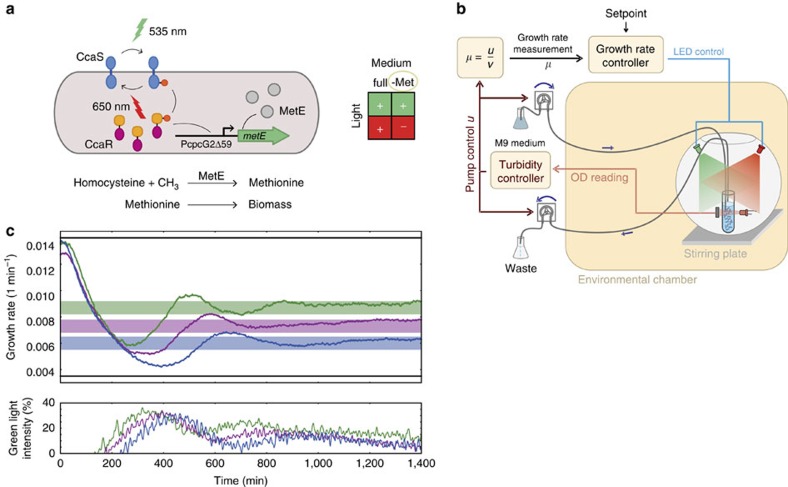Figure 4. Light-inducible cell growth control.
(a) MetE catalyses the final step in de novo methionine synthesis by converting homocysteine to methionine through the addition of a methyl group33. Deletion of the endogenous metE and placement of a chromosomally integrated copy under the control of a modified cpcG2 promoter (PcpcG2Δ59) that is activated by CcaR results in light-inducible growth-rate modulation when cells are grown in M9 medium lacking methionine. (b) Nested feedback loops for turbidity and growth-rate regulation. The inner turbidity control loop maintains a constant culture optical density as described above. The outer control loop monitors the influx pump control signal, u, to infer the culture growth rate after some simple signal-processing operations (see the ‘Methods' section and Supplementary Note 7). A PI controller (see the ‘Methods' section) makes use of this information and modulates the ratio of green-to-red intensities so that the culture achieves a user-defined growth rate within the dynamic range of the system. (c) Coloured lines (upper panel): tracking of constant growth-rate setpoints using a PI controller (PI gains: KI=45 for all curves, and Kp=6,000, 8,000 and 10,000 for the green, magenta and blue curves, respectively). The applied light inputs (lower panel), expressed as a percentage of the maximum green LED intensity (see the ‘Methods' section), are colour-coded according to the corresponding growth-rate curve. Solid black lines: minimum and maximum achievable growth rates. Under full-intensity green light, the cells achieve a growth rate of around 0.0139, min−1 (doubling time of ∼50 min). Growth under full-intensity red light reduces the growth rate to about 0.0035, min−1 (doubling time of ∼200 min), but it should be noted that after prolonged growth under red light, the cells start to adapt and grow at a faster rate.

